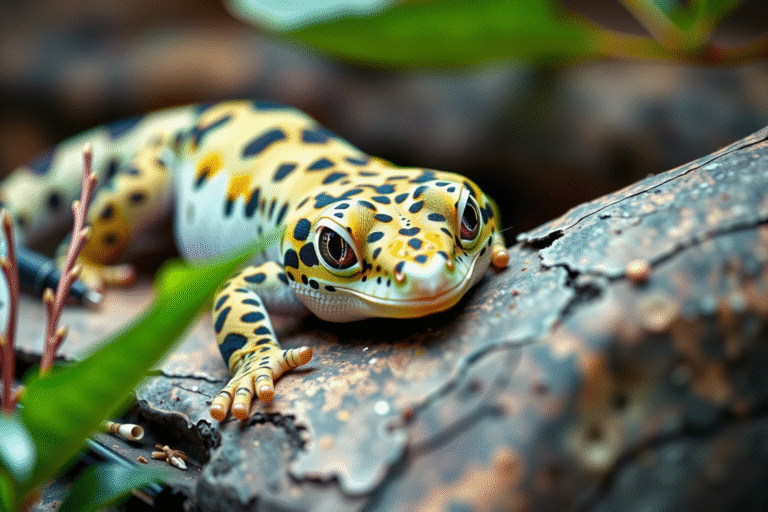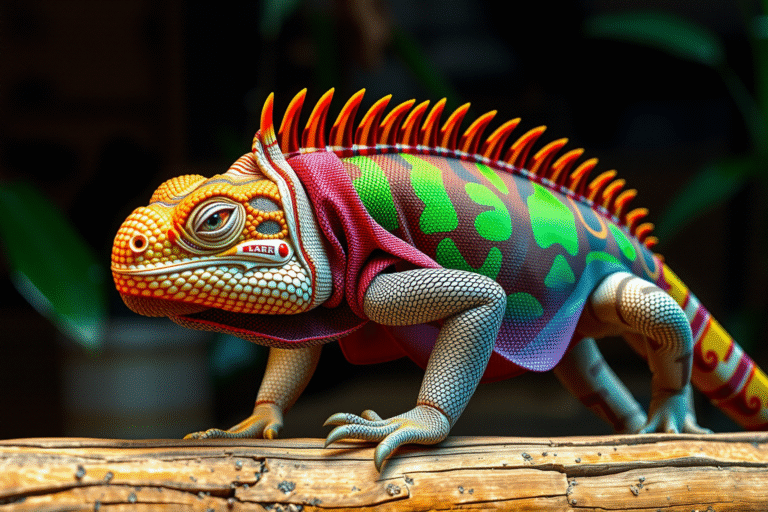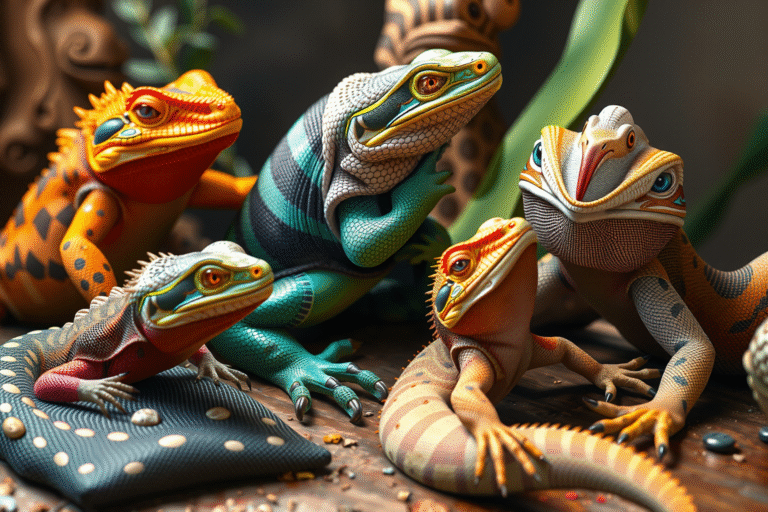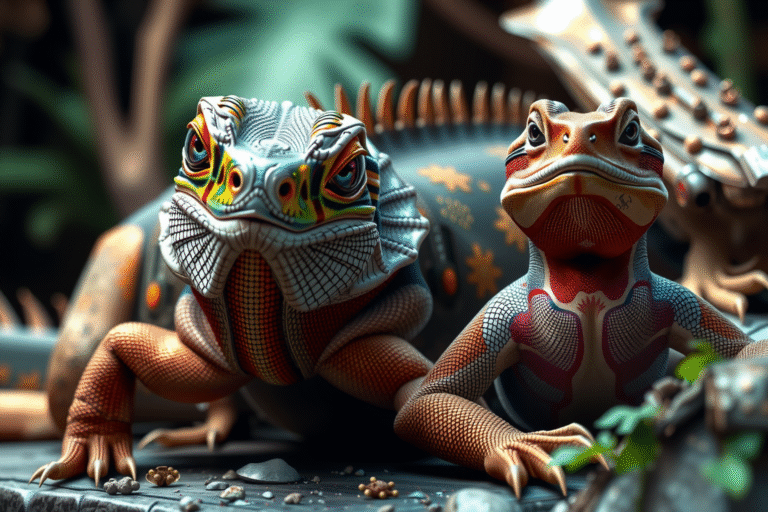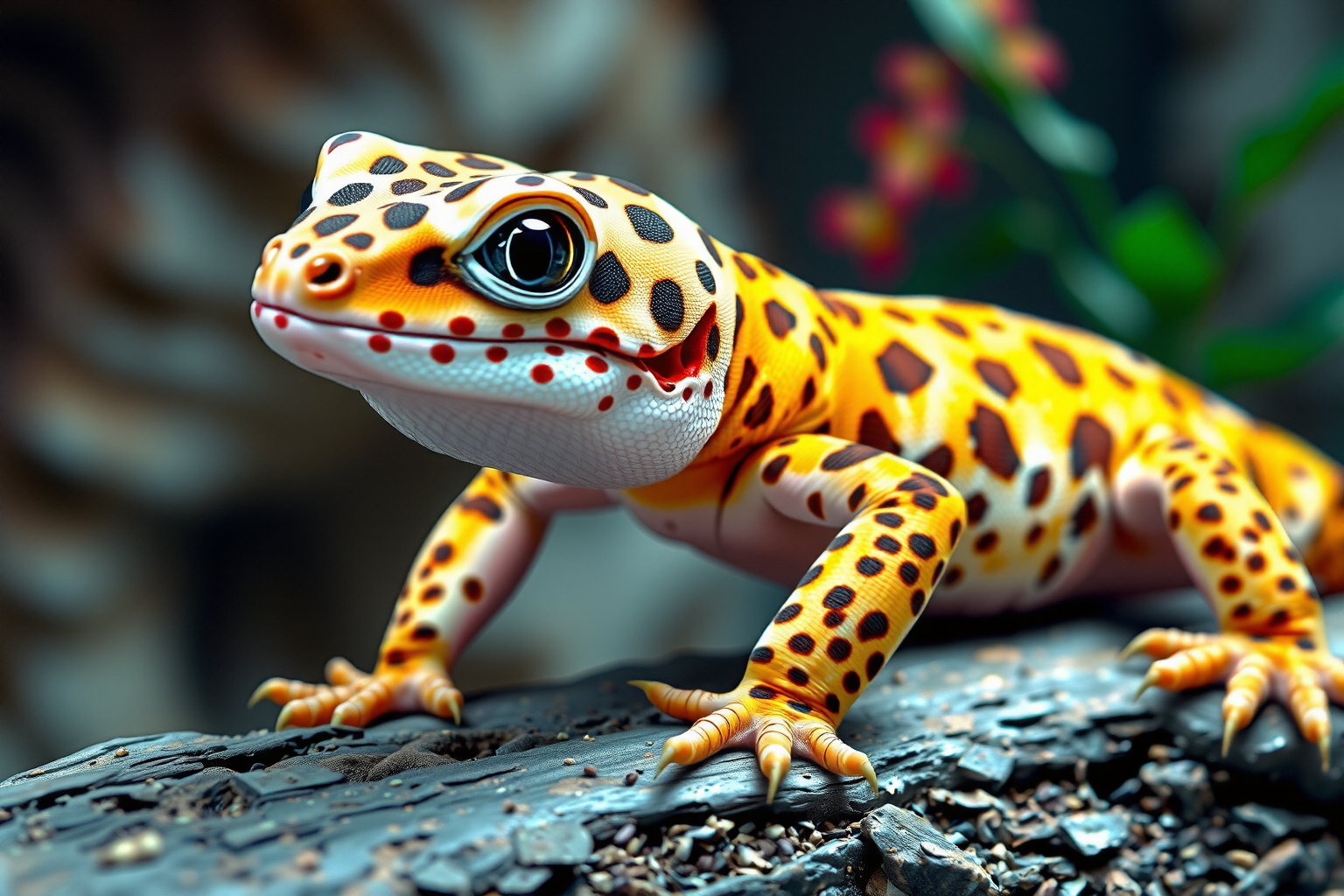
If you are looking for an interesting and low-maintenance pet, then a leopard gecko might be the perfect fit for you. These reptiles are known as gentle and docile creatures, making them great for beginner pet owners. Before you decide to get a leopard gecko as a pet, however, it is crucial that you understand what it requires to be happy and healthy. From general care guidelines for their habitats and feeding to tips for handling them, this article will provide you with the information you need to know to ensure your new reptile companion is never anything but content.
Finding the Right Leopard Gecko
Before you can begin looking after your new leopard gecko, you need to find one that is the right fit for you. It is important to ensure that you are able to provide the correct environment and care for your leopard gecko before you go ahead and purchase one. The best way to find a healthy leopard gecko is to purchase one from a reputable breeder. Make sure to ask the breeder about the health of the gecko, as well as what its diet and habitat requirements are.
Creating the Perfect Habitat
The key to keeping a leopard gecko happy and healthy is providing it with a suitable habitat. Their enclosure needs to be both warm and dry, and contain plenty of places for your gecko to hide and feel secure. You can use a glass or plastic tank for your leopard gecko, but make sure that the habitat is at least 10 gallons in size. You should also make sure to purchase a heat lamp and an under-tank heater in order to maintain the right temperature. The temperature inside the habitat should be between 88 and 92 degrees Fahrenheit during the day and between 75 and 78 degrees Fahrenheit during the night. Make sure that the humidity in the enclosure stays at around 20 to 40 percent.
Feeding and Nutrition
Leopard geckos are insectivores, meaning that they primarily eat insects. The best type of food to give to your gecko is mealworms, crickets, wax worms, and super worms. Make sure that the insects you are feeding your leopard gecko are no longer than the length of its head. Adults should be fed every other day, while juveniles should be fed every day. Make it a point to always provide your leopard gecko with fresh water every day, as well.
Handling and Taming
Leopard geckos are known to be docile and gentle creatures, making them great for beginner pet owners. Nevertheless, it is important to always be cautious and gentle when handling your gecko in order to avoid any unnecessary stress or trauma. You should remember that leopard geckos are not as comfortable being handled as other pet reptiles like snakes, so it is important to allow them time to get used to being handled. In order to help tame your leopard gecko, it is a good idea to start with short handling sessions and gradually increase the length over time. Make sure to also speak gently and calmly to your gecko while handling it in order to help it feel secure.
Potential Health Problems
It is important to make sure to keep an eye on your leopard gecko’s health in order to ensure that any potential health problems are identified and treated in a timely manner. Some of the common health problems that can affect leopard geckos include metabolic bone disease, respiratory infections, and eye infections. Some of the signs of these health problems may include decreased appetite, weight loss, and noisy breathing. If you notice any of these signs, it is important to take your gecko to the veterinarian in order to receive the appropriate treatment.
In conclusion, a leopard gecko can make a great and interesting addition to any household. With the proper care and attention, you can have a happy and healthy reptile companion for many years to come. By following the tips provided in this article, you should be able to ensure that your new leopard gecko gets everything it needs to thrive in its new home.

